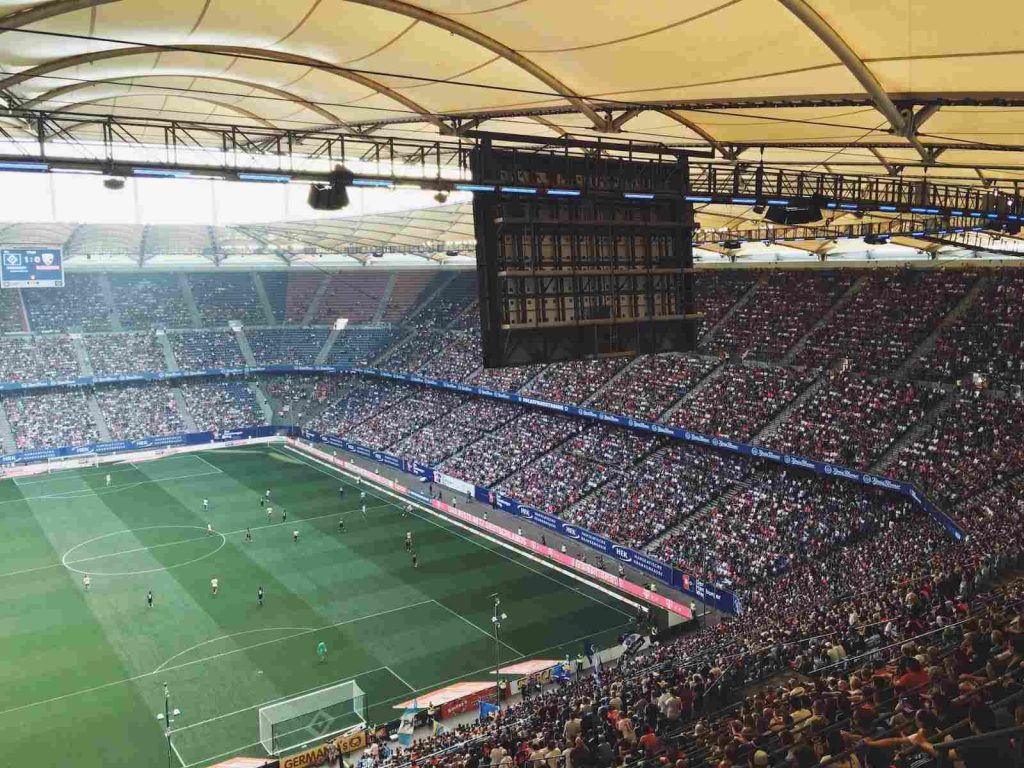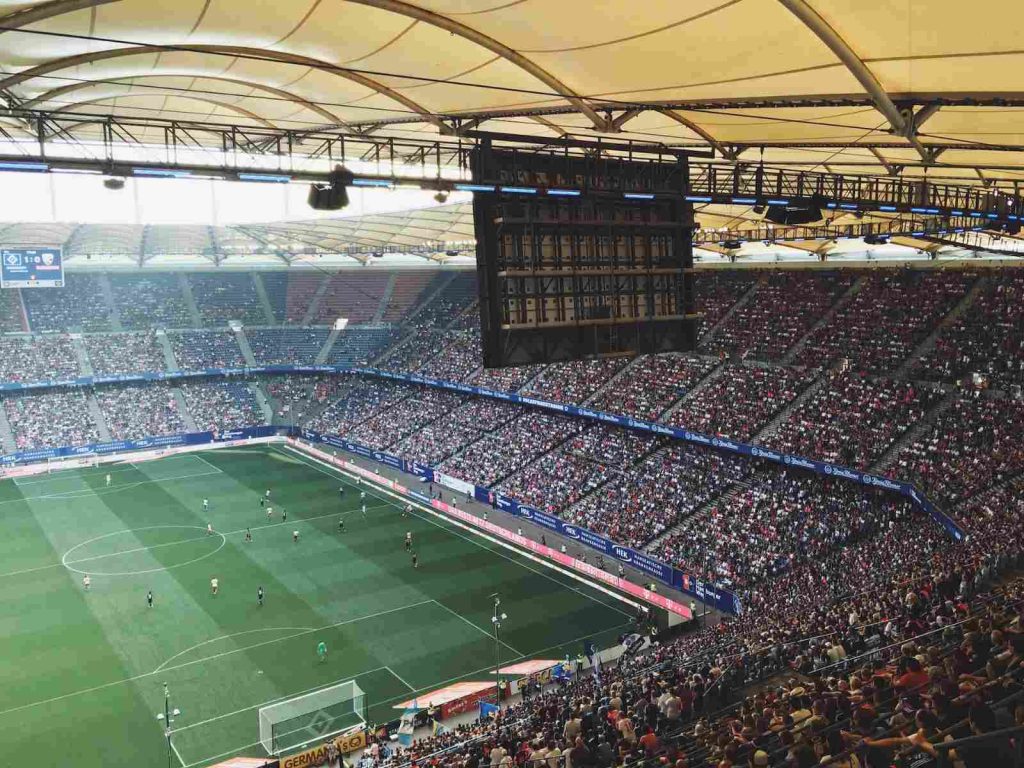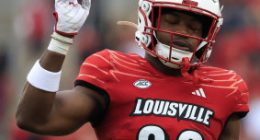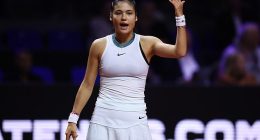Technological developments are one of the main reasons of changes are constantly being seen in the world of sports. One of the new technological developments that are changing the sports industry is IoT. IoT supports both athletes and sports teams that use smart devices and sensors for data acquisition for optimal performance and engagement of fans.
IoT is an aggregate of interconnected physical devices or things that gather and send data without human involvement. IoT fitness devices in the sports sector are smart clothing, fitness trackers, and sensors which are employed to track the activities and movements of the athletes. IoT enables coaches and trainers to obtain updated data and information that provide them with a detailed picture of a player’s weak and strong points and performance.

IoT in Modern Sports
The impact of Internet of Things in sports industry is multi-dimensional and the modern sports team is one of the technologies. The fact that the data and insights are real-time is one of the most important advantages of IoT in the sports industry. In the past, the assessment was based on subjective observations from the coaches and trainers. Thanks to IoT, they will be able to have precise and impartial data that will demonstrate to them the way the athlete moves and how he/she performs.
Information Use !!
Concerned about online trackers and introducers tracing your internet activity? Or do you face geo-restrictions while streaming? Get NordVPN – the ultra-fast VPN trusted by millions, which is available at 69% off + 3 Months Extra. With the Double VPN, Split tunneling, and Custom DNS, you can experience internet freedom anytime, anywhere.

The real-time data is what allows the coaches to make more deliberate decisions while modifying the individual workouts and conditioning regimens that would be the most optimal for each particular athlete. This type of personalized performance assessment is very successful in performance rating and hazard reduction. Furthermore, it facilitates quick changes during training sessions and matches, thereby improving the possibility of the team winning.
IoT is important in injury prevention. Using sensors and wearables, coaches and trainers can track the athlete’s biometrics, fatigue levels, and injury risk live. This enables the foreseeable injury risk before it occurs, and appropriate preventive measures can be implemented to stop the situation from progressing. Since the latter makes athletes weak, it also helps teams save on medical costs and have a health and competing team all through the season.
Apart from athlete performance and injury prevention, IoT is reshaping the fan experience of sport. Through the functionality of smart devices and sports equipment sensor that are present in the stadiums and arenas, the fans may participate in the game and in the environment. They have access to live statistics, instant replays, as well as virtual reality. It increases visibility and enables the team to gather data from the fans to be used in specific marketing campaigns.
IoT in modern sport is one of the leading and influential costs of these changes in the sports industry. IoT technology is potent technology in improving performance, injury prevention, and fan engagement.
Sports IoT Deployment Challenges
IoT offers almost endless possibilities in the sports industry, however, the issues of its application are not to be forgotten. Storage and data analysis is one of the crucial issues.
Data management and analysis
It is a challenge that emerges from the collection of large data from numerous IoT devices and sensors. This needs a robust data management system that is capable of processing the large data that should be produced by IoT devices. Moreover, the data needs to be properly analyzed and interpreted to be useful. The unskilled coaches and trainers face a real challenge as well as the lack of facilities.
Solution
Efficient sports data management and analysis require a reliable IoT solutions and services provider. They can offer an integrated data management to the users which will bring all data from various devices and sensors into one platform. This is what makes the data accessible and manageable, and only this is what enables the coaches and trainers to take right decisions for their clients.
Device and sensor integration
An issue is that of the integrating of all the devices and sensors used in IoT sports. Given that these devices are produced by various vendors and operate with various protocols, the integration process between them represents a problem.
Solution
A reliable IoT solution and services provider can assist in the consolidation of numerous devices and sensors in a single platform. They have the skill and practice in creating such devices to communicate and share data among them and presenting an overall view of athlete performance.
IoT Use Cases in Sports
Internet of Things in sports does not concentrate only in one area, it is used in different fields of sports such as training and conditioning, performance analysis, injury prevention, and fan engagement among others. Below you will find some examples from the real life which describe how IoT is changing the face of the sports industry.
1. Smart apparel for performance tracking
Many sports teams have adopted smart apparel with embedded sensors to monitor athlete performance. It includes parameters like heart rate, pace and distance traveled, enabling the coaches to watch their athletes live. One specific example is the Italian football team AC Monza who utilizes smart vests with sensors during practice to monitor the players’ movements and thus adjust their training regimes accordingly.
2. Real-time player tracking for injury prevention
Player movements are being tracked in real-time using IoT devices like GPS trackers and wearable sensors. This gives coaches and trainers the chance to detect possible injuries before they happen. As an example, the National Basketball Association (NBA) uses a player tracking sensor-based system, which provides coaches with a live feed on player movements, fatigue levels, and injury vulnerability.
3. Enhanced fan experience through smart stadiums
Some of the sports stadiums and arenas have already started to use IoT technology to enhance the fan experience. Such features include interactive screens, apps for ordering the food, and virtual reality. This allows supporters to engage with both the game and the stadium in a new way.
Conclusion
IoT is revolutionizing sports industry and the possibilities of this technology are endless. From improving athletes’ performance and injury reduction to giving fans a more interactive aspect of sports, IoT makes the perspectives and lives of sports to be changed. However, complete potential release of Internet of Things in sports can only be achieved when teams collaborate with reputable IoT solution and services providers, which can effectively handle and analyze data for better performance and in-play interaction.
Disclosure: If we like a product or service, we might refer them to our readers via an affiliate link, which means we may receive a referral commission from the sale if you buy the product that we recommended, read more about that in our affiliate disclosure.
Read More: World News | Entertainment News | Celeb News
Tech Follows









